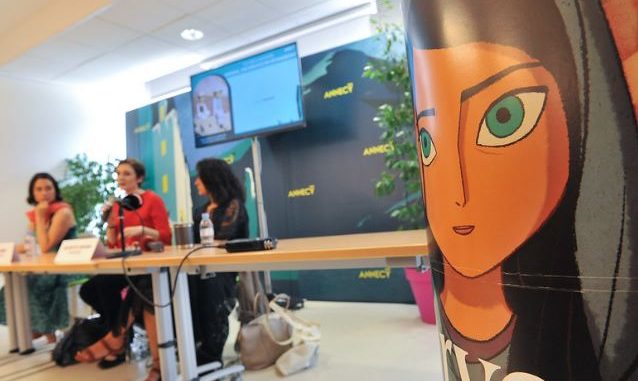
What is Feature Animation?
Feature animation is a type of animation that is used to create full-length animated movies. This type of animation is typically created using computer-generated imagery (CGI) or traditional hand-drawn animation techniques. Some examples of feature animation films include Disney’s “Frozen,” Pixar’s “Toy Story” franchise, and Studio Ghibli’s “Spirited Away.” Feature animation films have become a major part of the entertainment industry, entertaining both children and adults alike with their captivating stories, lovable characters, and stunning visuals. These films often have a wide appeal, reaching audiences of all ages and backgrounds, and can be enjoyed in multiple languages. The animation industry is a constantly evolving one and the technology used to create feature animation films has come a long way since the early days of animation.
The History of Feature Animation
The history of feature animation can be traced back to the early 1900s when animation techniques were first developed. The first feature-length animated film, “Snow White and the Seven Dwarfs,” was released by Disney in 1937. This film was a major success and paved the way for other feature animation films. The 1930s to 1950s saw the golden age of American animation, where studios such as Disney, Warner Bros, and MGM produced many iconic animated shorts and feature films. However, the animation industry faced a decline in the 1960s due to the rising popularity of live-action films and television. But it experienced a resurgence in the late 1970s and early 1980s with the release of films such as Disney’s “The Little Mermaid” and “Beauty and the Beast.” In the decades that followed, animation studios continued to develop new techniques and technologies to improve the quality and realism of their films. Today, feature animation is a major part of the entertainment industry, with many successful animated films being released each year. Studios like Disney and Pixar have become household names, known for producing critically acclaimed and financially successful animated features.
The Process of Creating a Feature Animation
Creating a feature animation is a complex and time-consuming process that involves a team of animators, artists, writers, and other professionals. The process typically begins with the development of a script and storyboard, which are used to visualize the film’s key scenes and characters. The script is then passed on to the storyboard artists who create a visual representation of the film, panel by panel, scene by scene. This is used as a blueprint for the animators and directors to follow. Next, the animation team creates detailed character designs and background art. Once the animation has been created, it is edited and polished with the help of sound engineers, composers, and other experts. The final step is to render the animation and add special effects, lighting, and color correction. The entire process can take several years and require a large budget.
The animation process has become more efficient over the years thanks to advancements in technology. Today, animators use powerful computer programs such as Maya, 3ds Max, and Blender to create their animations. These programs have made the animation process faster and more cost-effective. Additionally, the use of motion capture technology has allowed animators to bring more realistic movement to their characters.
Conclusion
In conclusion, Feature animation is a type of animation that is used to create full-length animated movies, it has a long history and it’s a complex and time-consuming process that involves a team of animators, artists, writers, and other professionals. It has become a major part of the entertainment industry, entertaining both children and adults alike with its captivating stories, lovable characters, and stunning visuals.

Leave a Reply